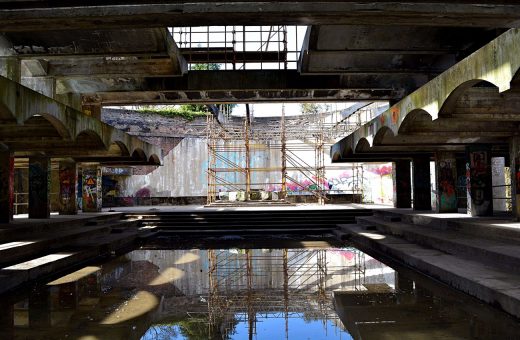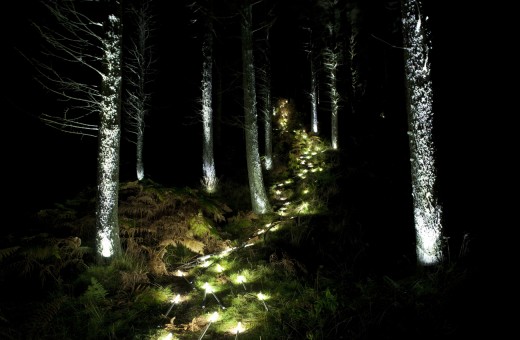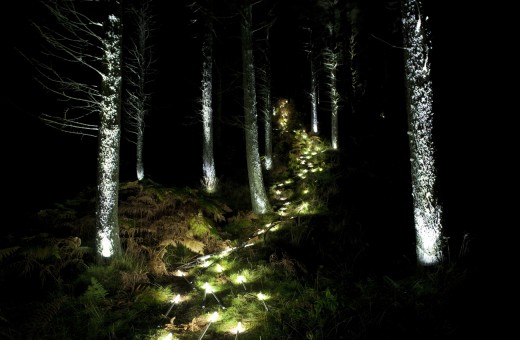July 2012: The Diggers: Geometric Tiles
06/07/2012
The Diggers: Geometric Tiles
During workshop 2 a small 1 m square was excavated within the ruined walls of Kilmahew House. A number of pieces of tile were uncovered including larger pieces of terracotta – coloured clay tiles and smaller pieces of ceramic squares.
There was evidence of a geometric pattern emerging from the find where the larger quarry tiles were laid with a surrounding geometric pattern creating a decorative floor. In imitation of the medieval originals, Victorian and Edwardian decorative floors were made up of multiple pieces of cut ceramic, arranged in geometric patterns according to a technique known as quadrature, where 45 and 90 degree angles combined in various arrangements. They became very popular in large houses but mainly in suburban villas, churches and other public buildings from 1840 onwards. The tiles discovered during workshop 2 would appear to be part of the greenhouse or conservatory connected to Kilmahew House.
The best-known producer of Victorian tiles was Herbert Minton (1793–1858), from Stoke On Trent whose pioneering techniques remain broadly unchanged today.
submitted by Alan Pert, IC team, Strathclyde University & Nord






